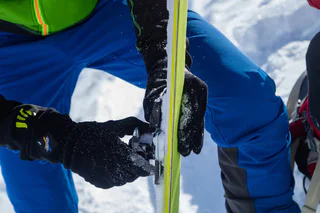
1/3
Ski moutaineering to Mountain Zerminiger
Certosa/Karthaus, Schnals/Senales, Vinschgau/Val Venosta

1/3
Certosa/Karthaus, Schnals/Senales, Vinschgau/Val Venosta

1/3
Certosa/Karthaus, Schnals/Senales, Vinschgau/Val Venosta

Unser Frau/Madonna, Schnals/Senales, Vinschgau/Val Venosta

1/5
Maso Corto/Kurzras, Schnals/Senales, Vinschgau/Val Venosta

1/4
Karthaus/Certosa, Schnals/Senales, Vinschgau/Val Venosta

Certosa/Karthaus, Schnals/Senales, Vinschgau/Val Venosta

1/6
Madonna/Unser Frau, Schnals/Senales, Vinschgau/Val Venosta

Maso Corto/Kurzras, Schnals/Senales, Vinschgau/Val Venosta

1/2
Madonna/Unser Frau, Schnals/Senales, Vinschgau/Val Venosta

1/6
Madonna/Unser Frau, Schnals/Senales, Vinschgau/Val Venosta

1/5
Vernago/Vernagt, Schnals/Senales, Vinschgau/Val Venosta

1/3
Madonna/Unser Frau, Schnals/Senales, Vinschgau/Val Venosta

1/3
Certosa/Karthaus, Schnals/Senales, Vinschgau/Val Venosta

Certosa/Karthaus, Schnals/Senales, Vinschgau/Val Venosta

1/4
Vernago/Vernagt, Schnals/Senales, Vinschgau/Val Venosta

1/3
Madonna/Unser Frau, Schnals/Senales, Vinschgau/Val Venosta

Madonna/Unser Frau, Schnals/Senales, Vinschgau/Val Venosta

Unser Frau/Madonna, Schnals/Senales, Vinschgau/Val Venosta

1/3
Karthaus/Certosa, Schnals/Senales, Vinschgau/Val Venosta

1/2
Certosa/Karthaus, Schnals/Senales, Vinschgau/Val Venosta

1/4
Monte S. Caterina/Katharinaberg, Schnals/Senales, Vinschgau/Val Venosta

1/7
Maso Corto/Kurzras, Schnals/Senales, Vinschgau/Val Venosta

1/6
Madonna/Unser Frau, Schnals/Senales, Vinschgau/Val Venosta

Monte S. Caterina/Katharinaberg, Schnals/Senales, Vinschgau/Val Venosta

1/4
Maso Corto/Kurzras, Schnals/Senales, Vinschgau/Val Venosta

Vernago/Vernagt, Schnals/Senales, Vinschgau/Val Venosta

1/5
Maso Corto/Kurzras, Schnals/Senales, Vinschgau/Val Venosta

1/7
Certosa/Karthaus, Schnals/Senales, Vinschgau/Val Venosta

1/4
Maso Corto/Kurzras, Schnals/Senales, Vinschgau/Val Venosta

Vernago/Vernagt, Schnals/Senales, Vinschgau/Val Venosta